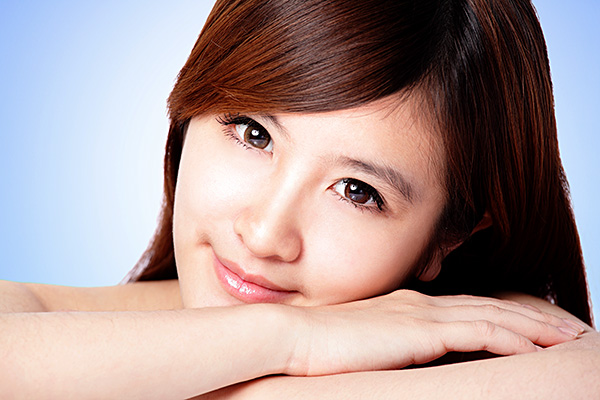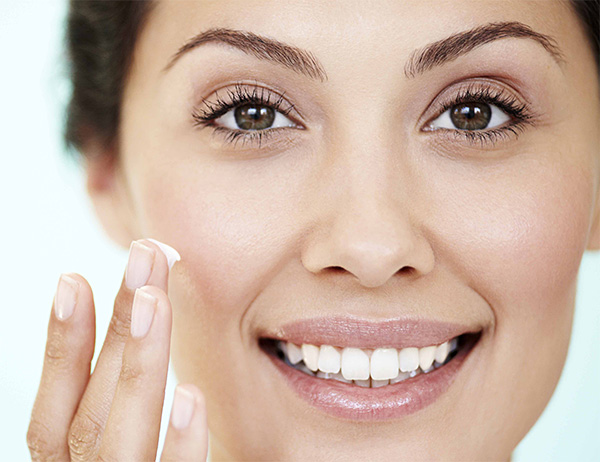BB creams are cosmetic products with multiple properties, their popularity are due to the practical role they have. BB Creams replace moisturizers, skin serums, makeup base, foundation, concealer and sunscreen, having all these desirable effects in a ritual of beauty and care.
How BB creams were invented:
The first BB creams were produced in the ’60s by the German dermatologist Christine Schrammek. Their goal was helping with skin regeneration for patients after laser surgery.
Only in 1985, BB creams were adopted in cosmetics markets in South Korea and Japan, and promoted as excellent products to obtain a beautiful and natural look – for bright and healthy skin. At that time, BB creams were considered beauty secrets of Korean actresses, being very loved by celebrities in this part of the world.
Popularity has spread across Asia in the late twentieth century, and it was a revelation for ladies. Women in China follow seven steps for skin care each day, using traditional methods, and BB creams were associated with a helpful solution, reducing the effort of too many steps in the beauty ritual.
International market:
The spring of 2011 was the starting point of BB creams in the international market of cosmetics, when all the shops in the U.S. have begun to market these versatile lotions – renowned producers choose to include them in their product range due to their multifunctional formula. In 2014, almost every company that produces cosmetics launched at least one BB cream.
Types:
They are available in a variety of formulas to meet the diverse needs of users. Korean companies have initially invested in the Korean and East Asian markets; the palette of shades remains limited, addressing in particular the light skin type.
If the diversity of shades is limited (however, most formulas are designed to suit almost all skin types, having oxidation effect), is not the same about their ingredients and the effects they have.
Thus, there are specialized types for foundation replacement (preferred by users of that density does not appreciate classical foundation funds) to cover the unsightly signs of skin (acne, sun spots, aging spots, etc…); illuminating, moisturizing, anti-wrinkle, anti-inflammatory and soothing types are also available.
There are types that contain hyaluronic acid and vitamin C, specifically designed for women who want to hide the signs of aging. Some manufacturers claim to have developed a type with skin regenerative properties, but dermatologists are skeptical about it, because only creams based on retinoids may hold this important property.
Effects:
BB creams come in addressing the needs of women, to apply one product to solve a series of problems. Thus, in theory, these special formulas may have the following effects:
– Protects against UV rays. Most types of creams provide protection against solar radiation (with an SPF factor of 30 or higher). In addition, these creams contain zinc oxide or titanium oxide, which acts as a physical shield in front of the UV and have also a high resistance to water.
– Antiaging properties. Peptides and antioxidants (such as vitamins A, E and C) may prevent premature signs of skin aging (wrinkles, fine lines and blemishes).
– Intensely moisturizes skin. Replacing regular moisturizer, counting among the ingredients: hyaluronic acid and glycerin, effective moisturizing agents.
– Evens of skin tone. Special ingredients such as licorice and arbutin, which contributes to uniformizing of skin tone and hide any unsightly depigmented area.
– Brighten skin. Illuminating particles that reflect light and give the skin a special glow (the skin looks younger and healthier).
– Softens the skin. Silicone based ingredients such as dimethicone have an immediate effect of smoothing of the skin (for this reason, such a cream may replace normal make-up foundation without problems).
Limits:
Although they promise a range of benefits, BB creams have a series of “limits”. Although effectively protects against ultraviolet rays, they don’t hold the same effect as intensely moisturizing creams specially designed for this purpose, so they are not a total solution for users of dry or sensitive skin.
The limited number of colors is another matter. In general, the darker colors of BB creams are equivalent with medium shades of foundation funds available in the market, so many dark-skinned users can not use them.
Moreover, they can not be used by people with acne or other chronic dermatological conditions, because are interacting with other pharmaceuticals prescribed to treat skin problems.
They may prove useful to a single category of users: those with normal or oily skin, light toned, which do not require intense moisturizers, or products that treat acne.
Instead, BB creams can help other cosmetic products to be applied more effectively, and better withstand time.

